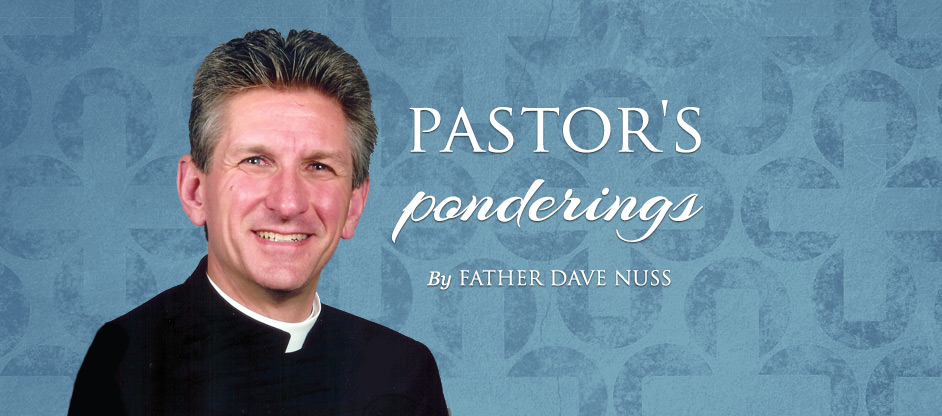Today it seems timely to offer a brief explanation about foot-washing in the liturgy.
The foot-washing ceremony, formerly called the Mandatum (meaning “command”), was re-introduced into the Church’s liturgy by Pope Pius XII in 1955. A more recent explanatory letter from the Congregation for Divine Worship (CDW) clarifies the purpose of this ritual that may take place during the Mass of the Lord’s Supper:
“The washing of the feet which, according to tradition, is performed on this day, represents the service and charity of Christ, who came ‘not to be served, but to serve’ (Matt XX:28)” (CDW, 1988).
The foot-washing rite is optional. There are no requirements regarding a specific number of people – only that some be chosen. It is not intended to symbolize the Twelve Apostles. The meaning of the rite is found in “Christ’s gesture of service and charity.” Jesus explains it like this: “I have given you a model to follow, so that as I have done for you, you should also do” (John 13:15). Of course, every follower of Jesus is expected to strive to live each day generously and charitably, setting aside self-ambitions so to be of assistance to those who are most in need.
A final word. It always is important to do the rites and rituals just as the Church prescribes lest confusion and misunderstanding happen. I once recall hearing about a parish who changed the action to hand-washing. In the biblical narrative, however, hand-washing is reserved to Pontius Pilate and it has a cowardly and sinister meaning.



